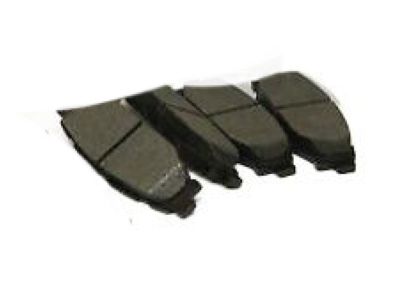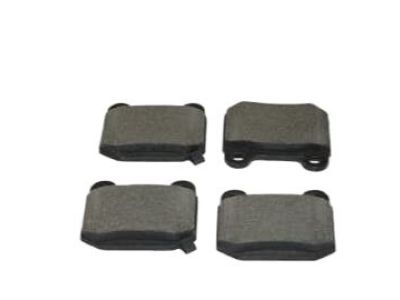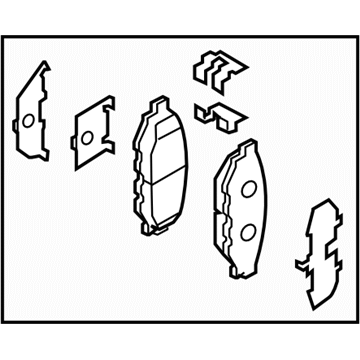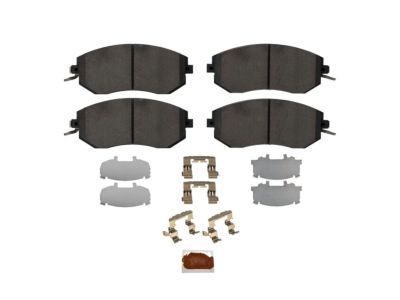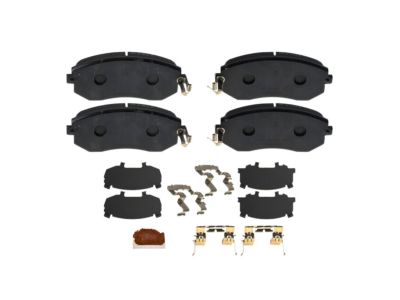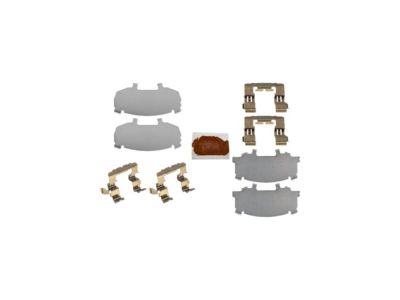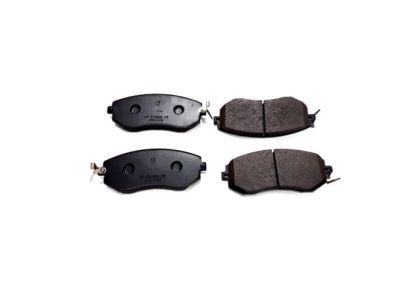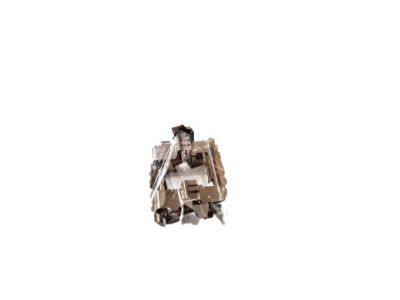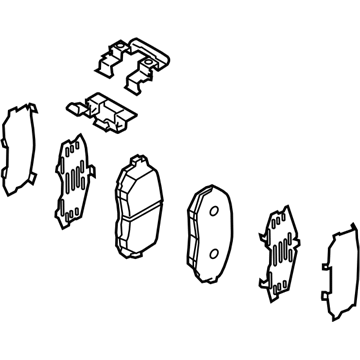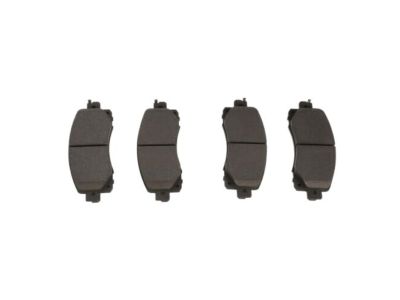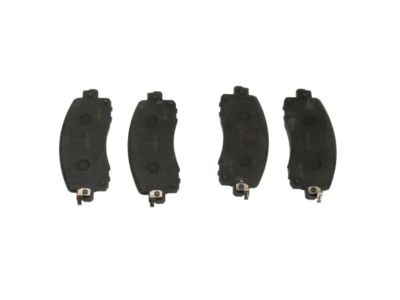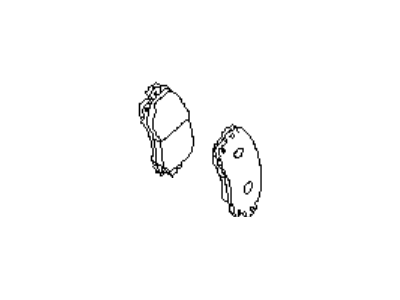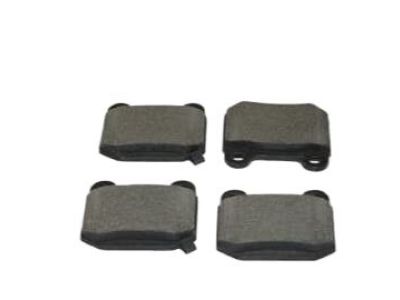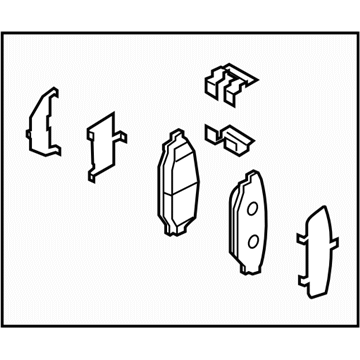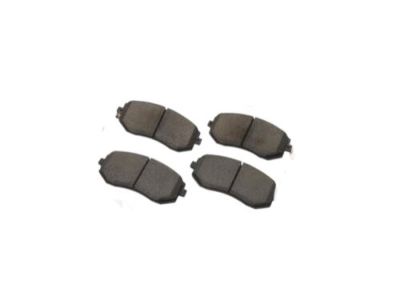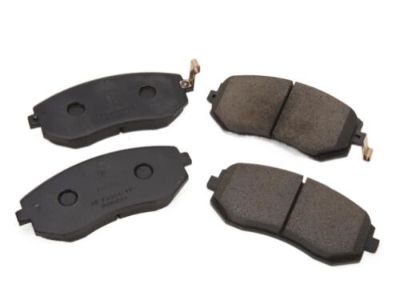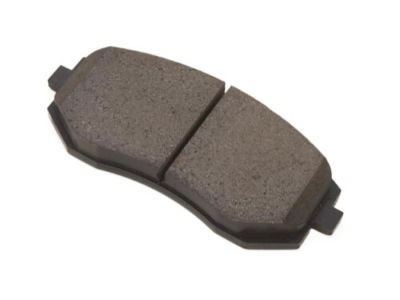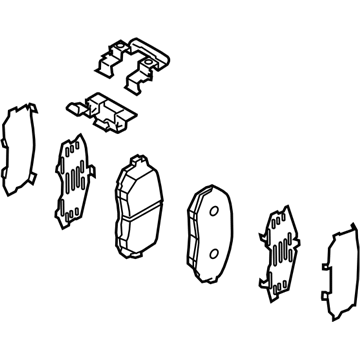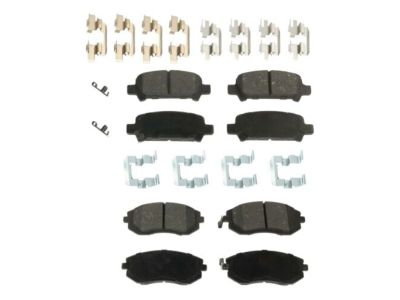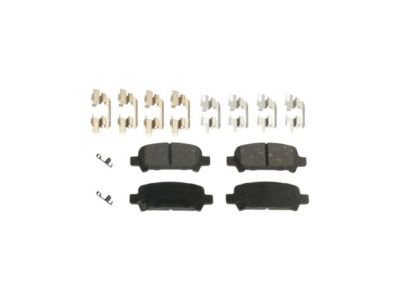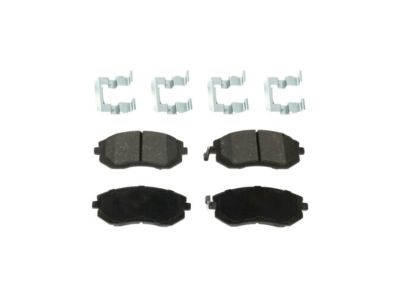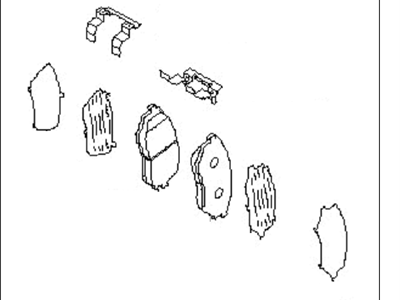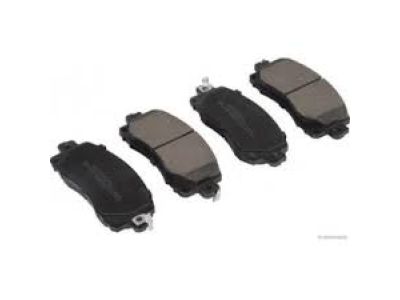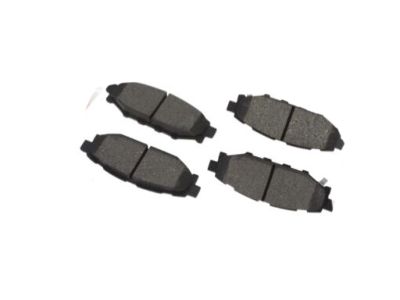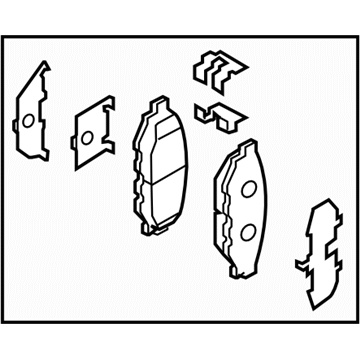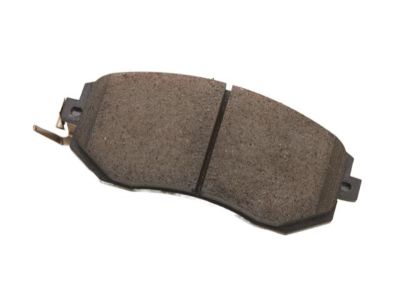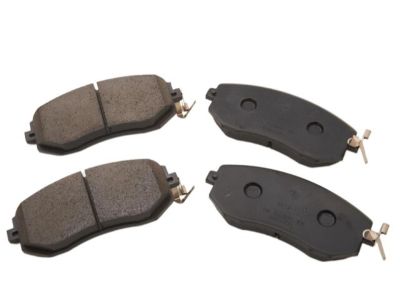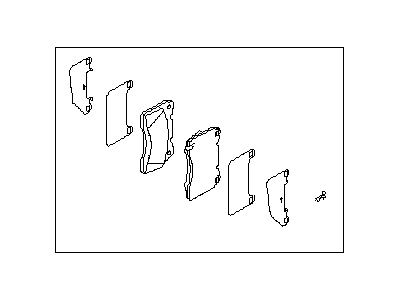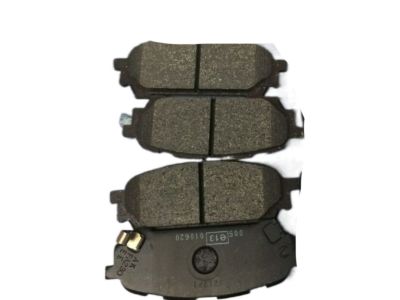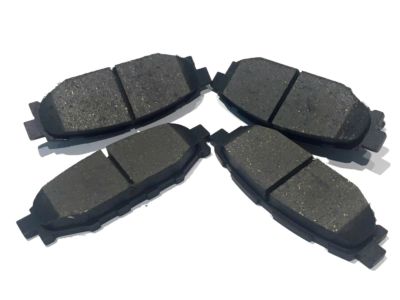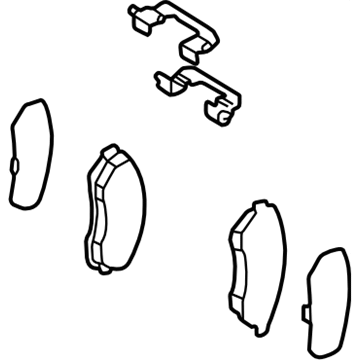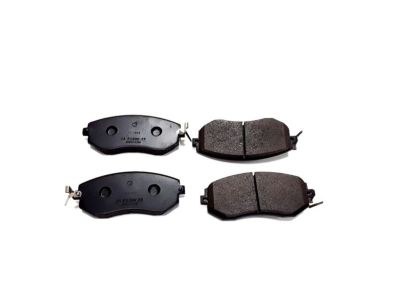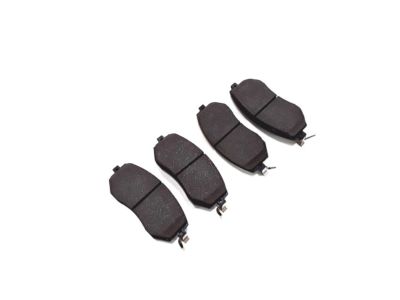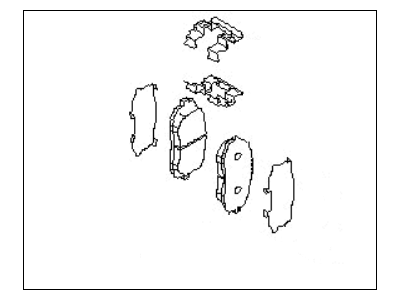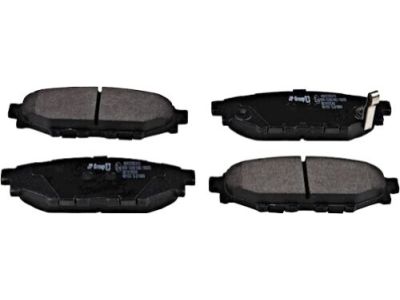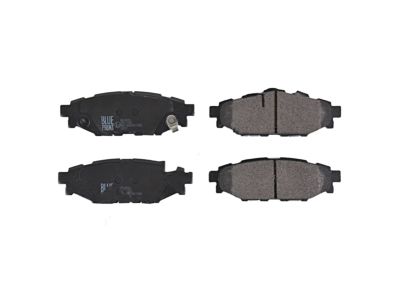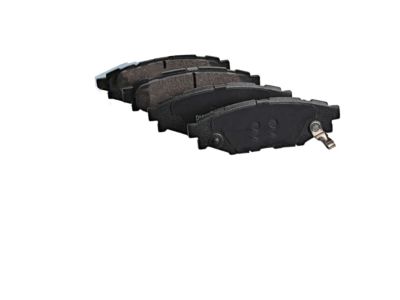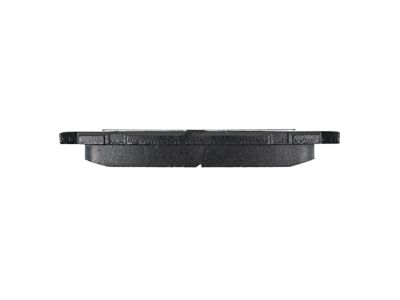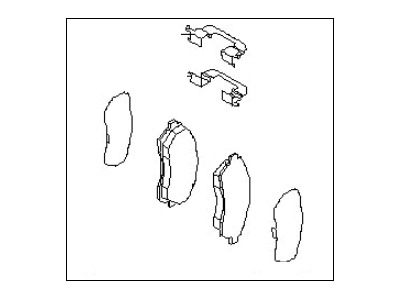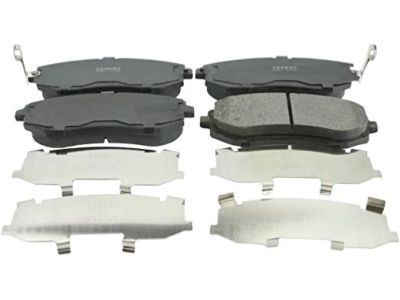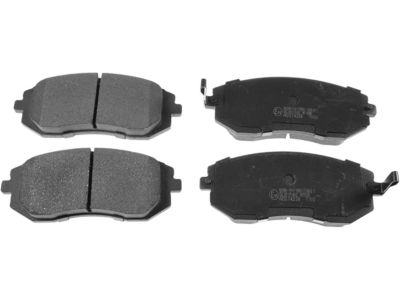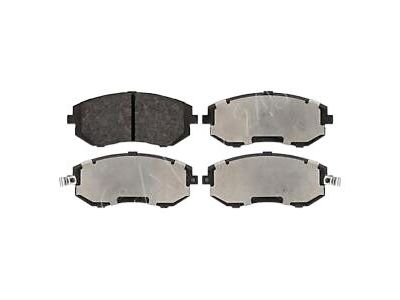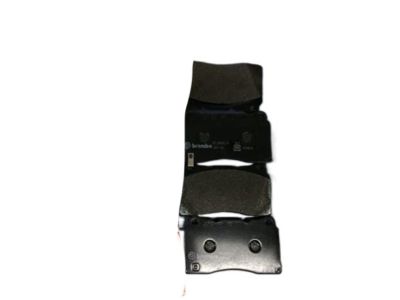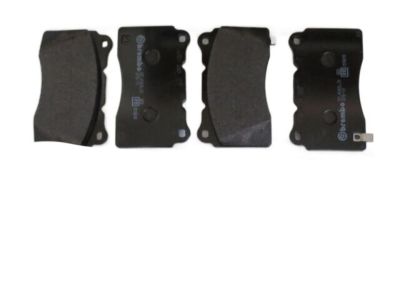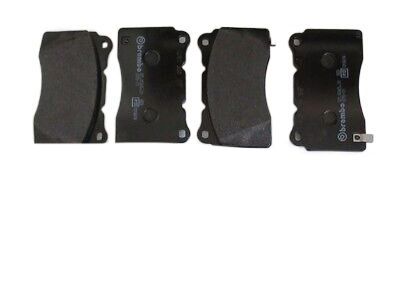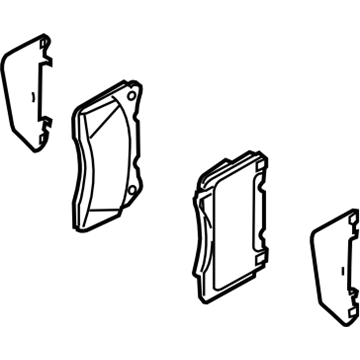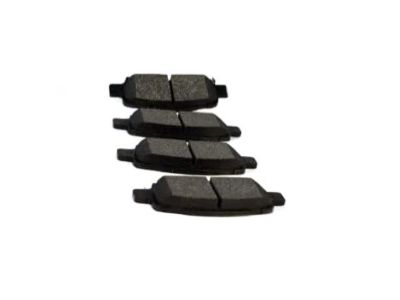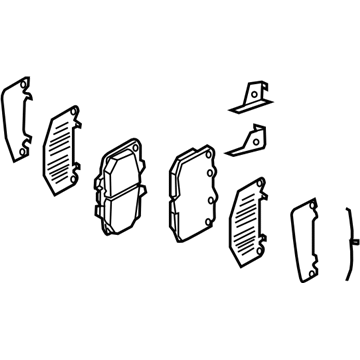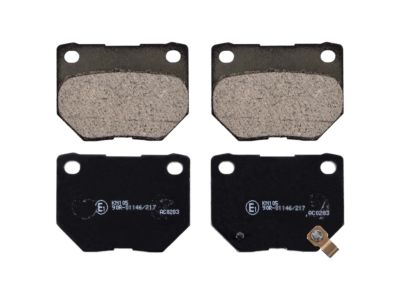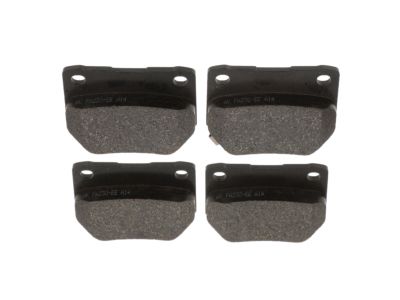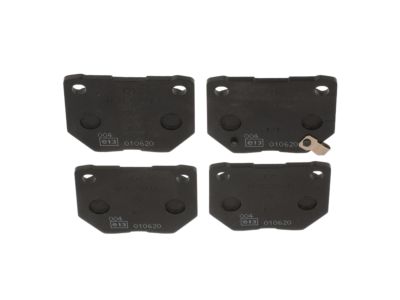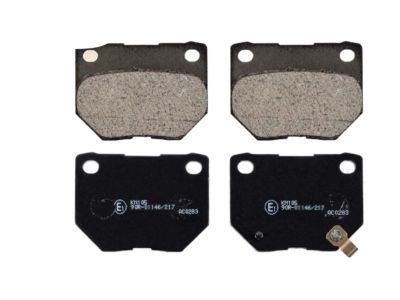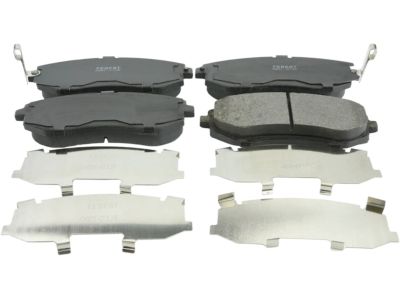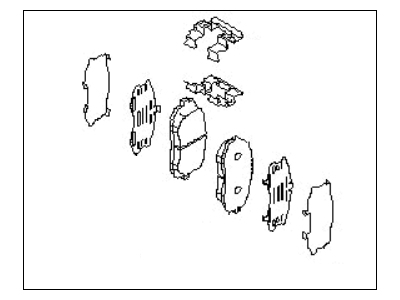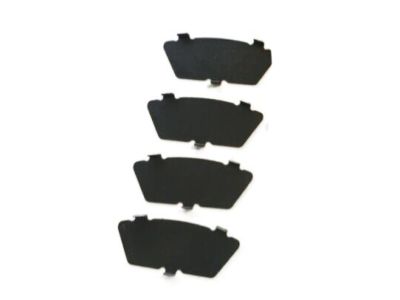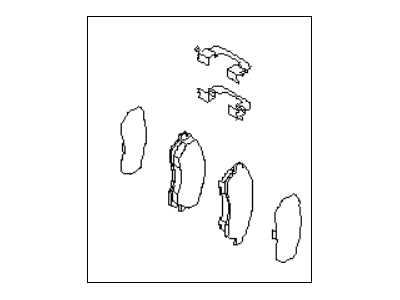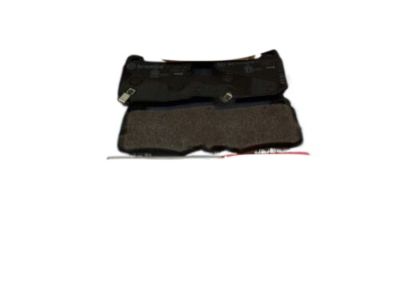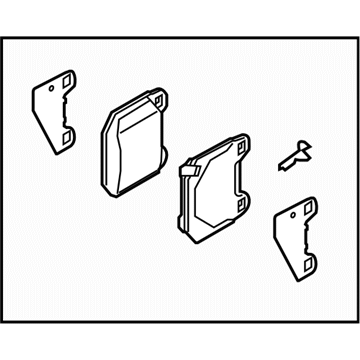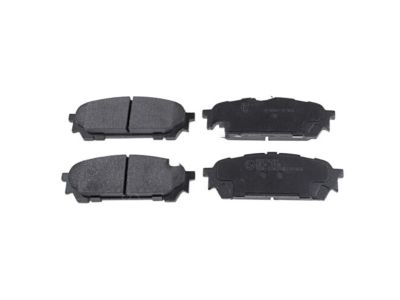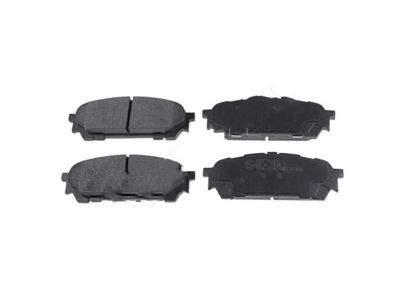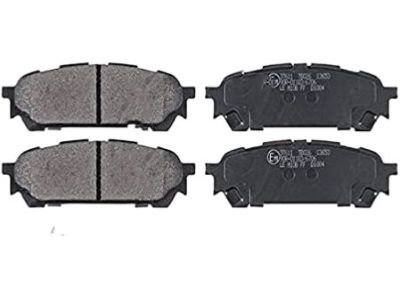×
- Hello
- Login or Register
- Quick Links
- Live Chat
- Track Order
- Parts Availability
- RMA
- Help Center
- Contact Us
- Shop for
- Subaru Parts
- Subaru Accessories


My Garage
My Account
Cart
Genuine Subaru Impreza Brake Pad Set
Disc Brake Pad Set- Select Vehicle by Model
- Select Vehicle by VIN
Select Vehicle by Model
orMake
Model
Year
Select Vehicle by VIN
For the most accurate results, select vehicle by your VIN (Vehicle Identification Number).
47 Brake Pad Sets found

Subaru Impreza Brake Pad Kit Rear
Part Number: 26696FJ000$62.07 MSRP: $89.95You Save: $27.88 (31%)Ships in 1-3 Business Days
Subaru Impreza Pad Kit Front
Part Number: 26296FJ020$124.13 MSRP: $179.90You Save: $55.77 (31%)Ships in 1-3 Business Days
Subaru Impreza Pad Kit Front Disk Brake
Part Number: 26296FL030$78.32 MSRP: $113.50You Save: $35.18 (31%)Ships in 1-3 Business Days
Subaru Impreza Brake Pad Kit Rear
Part Number: 26696AG051$62.70 MSRP: $90.87You Save: $28.17 (31%)Ships in 1-3 Business Days
Subaru Impreza Brake Pad Kit Front
Part Number: 26296FG010$91.05 MSRP: $131.95You Save: $40.90 (31%)Ships in 1-2 Business Days
Subaru Impreza Brake Pad Kit
Part Number: 26296AE160$91.05 MSRP: $131.95You Save: $40.90 (31%)Ships in 1-3 Business Days
Subaru Impreza Pad Kit Front
Part Number: 26296FL05A$67.28 MSRP: $97.50You Save: $30.22 (31%)Ships in 1 Business Day
Subaru Impreza Brake Pad Kit Rear
Part Number: 26696AG031$65.96 MSRP: $95.60You Save: $29.64 (31%)Ships in 1-3 Business Days
Subaru Impreza Brake Pad Kit Front
Part Number: 26296SC010$97.80 MSRP: $141.73You Save: $43.93 (31%)Ships in 1-3 Business Days
Subaru Impreza Brake Pad Kit Rear
Part Number: 26696FE050$75.90 MSRP: $110.00You Save: $34.10 (31%)Ships in 1-3 Business Days
Subaru Impreza Pad Kit Front Disk Brake
Part Number: 26296FJ030$92.61 MSRP: $134.22You Save: $41.61 (31%)Ships in 1-2 Business Days
Subaru Impreza Brake Pad Kit Rear
Part Number: 26696AG030$65.96 MSRP: $95.60You Save: $29.64 (31%)Ships in 1-3 Business Days
Subaru Impreza Brake Pad Kit
Part Number: 26296FE081$91.05 MSRP: $131.95You Save: $40.90 (31%)Ships in 1-3 Business Days
Subaru Impreza Brake Pad Kit Front
Part Number: 26296FE100$239.40 MSRP: $350.00You Save: $110.60 (32%)Ships in 1-3 Business Days
Subaru Impreza Brake Pad Kit Front
Part Number: 26296FE070$120.72 MSRP: $174.95You Save: $54.23 (31%)Ships in 1-3 Business Days
Subaru Impreza Brake Pad Kit Rear
Part Number: 26696FE070$77.31 MSRP: $112.05You Save: $34.74 (31%)Ships in 1 Business Day
Subaru Impreza Brake Pad Kit Front
Part Number: 26296SA020$91.05 MSRP: $131.95You Save: $40.90 (31%)Ships in 1-2 Business Days
Subaru Impreza Brake Pad Kit Rear
Part Number: 26696FC002$55.73 MSRP: $80.77You Save: $25.04 (31%)Ships in 1-3 Business Days
Subaru Impreza Brake Pad Kit Rear
Part Number: 26696FG000$165.77 MSRP: $242.35You Save: $76.58 (32%)Ships in 1-2 Business Days
Subaru Impreza Brake Pad Kit Rear
Part Number: 26696FE040$75.90 MSRP: $110.00You Save: $34.10 (31%)Ships in 1-3 Business Days
| Page 1 of 3 |Next >
1-20 of 47 Results
Subaru Impreza Brake Pad Set
Our website stands as the go-to online destination for OEM Subaru Impreza Brake Pad Set. With complete lines of genuine Subaru Impreza Brake Pad Set available at unbeatable market prices, we ensure top quality, reliability, and durability. Each part comes backed by the manufacturer's warranty, reinforcing your trust in our offerings.
Subaru Impreza Brake Pad Set Parts Questions & Experts Answers
- Q: How to Replace a Front and Rear Brake Pad Set on a Subaru Impreza?A:Loosen the wheel lug nuts, raise the vehicle, and support it on jackstands. Remove the wheels and, if working on the rear brakes, release the parking brake lever. Remove two-thirds of the fluid from the master cylinder reservoir and position a drain pan underneath. Before starting, clean the entire brake assembly with brake system cleaner. To replace front brake pads on non-Brembo models, work sequentially and use illustrations as a guide, ensuring to work on one brake assembly at a time for reference. The process for rear brake pads mirrors that of the front, with slight size differences. For Brembo calipers, access the pads through the caliper opening, identifying and removing the pad pins and lock-pins. Note the pin removal directions for installation. Remove the inboard brake pad and cautiously depress the caliper pistons, monitoring the master cylinder reservoir fluid levels. Before inserting new pads, apply a minimal amount of silicone-based grease on the pad's side edges and between the plate and shims. After installing both inboard and outboard pads, fix the pad pins and lock them with small lock-pins. While pads are removed, inspect the caliper and Brake Disc for any issues. Before reinstalling the caliper components, cleanse and inspect them for any damages. Once all components are replaced, install the pads on the opposite wheel, fix the wheels back, and lower the vehicle. Ensure the brake fluid reservoir is full, then pump the brakes to seat the pads against the discs. Before driving, test the brakes, and initially avoid heavy brake applications to allow the pads to seat properly.
Related Subaru Impreza Parts
Browse by Year
2021 Brake Pad Set 2020 Brake Pad Set 2019 Brake Pad Set 2018 Brake Pad Set 2017 Brake Pad Set 2016 Brake Pad Set 2015 Brake Pad Set 2014 Brake Pad Set 2013 Brake Pad Set 2012 Brake Pad Set 2011 Brake Pad Set 2010 Brake Pad Set 2009 Brake Pad Set 2008 Brake Pad Set 2007 Brake Pad Set 2006 Brake Pad Set 2005 Brake Pad Set 2004 Brake Pad Set 2003 Brake Pad Set 2002 Brake Pad Set 2001 Brake Pad Set 2000 Brake Pad Set 1999 Brake Pad Set 1998 Brake Pad Set 1997 Brake Pad Set 1996 Brake Pad Set 1995 Brake Pad Set 1994 Brake Pad Set 1993 Brake Pad Set
